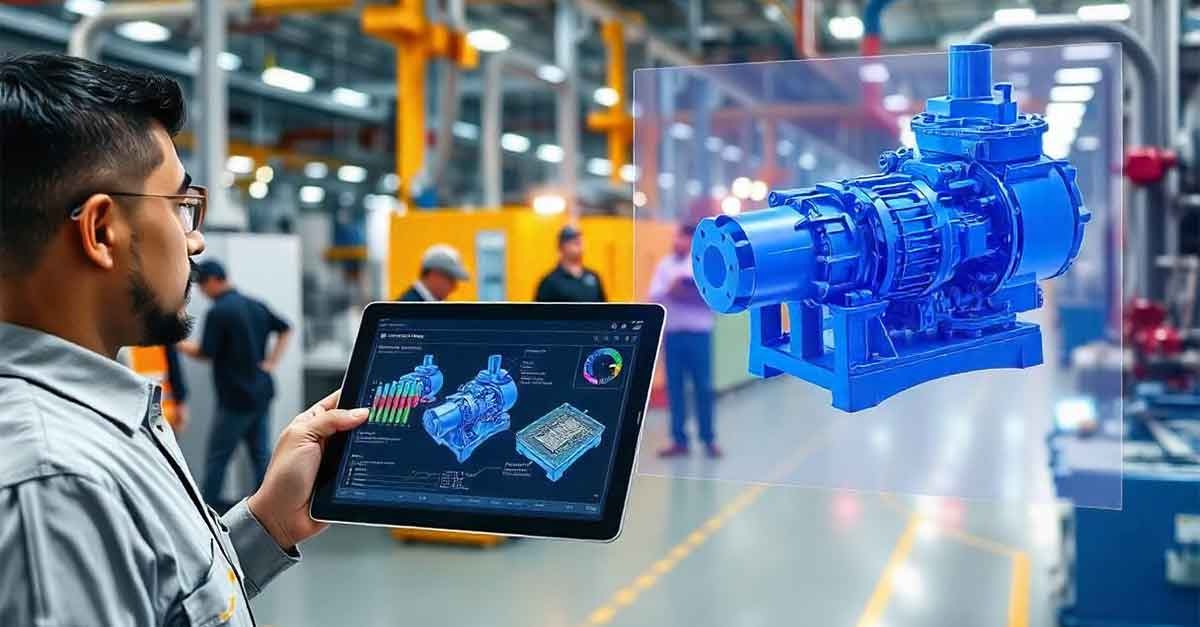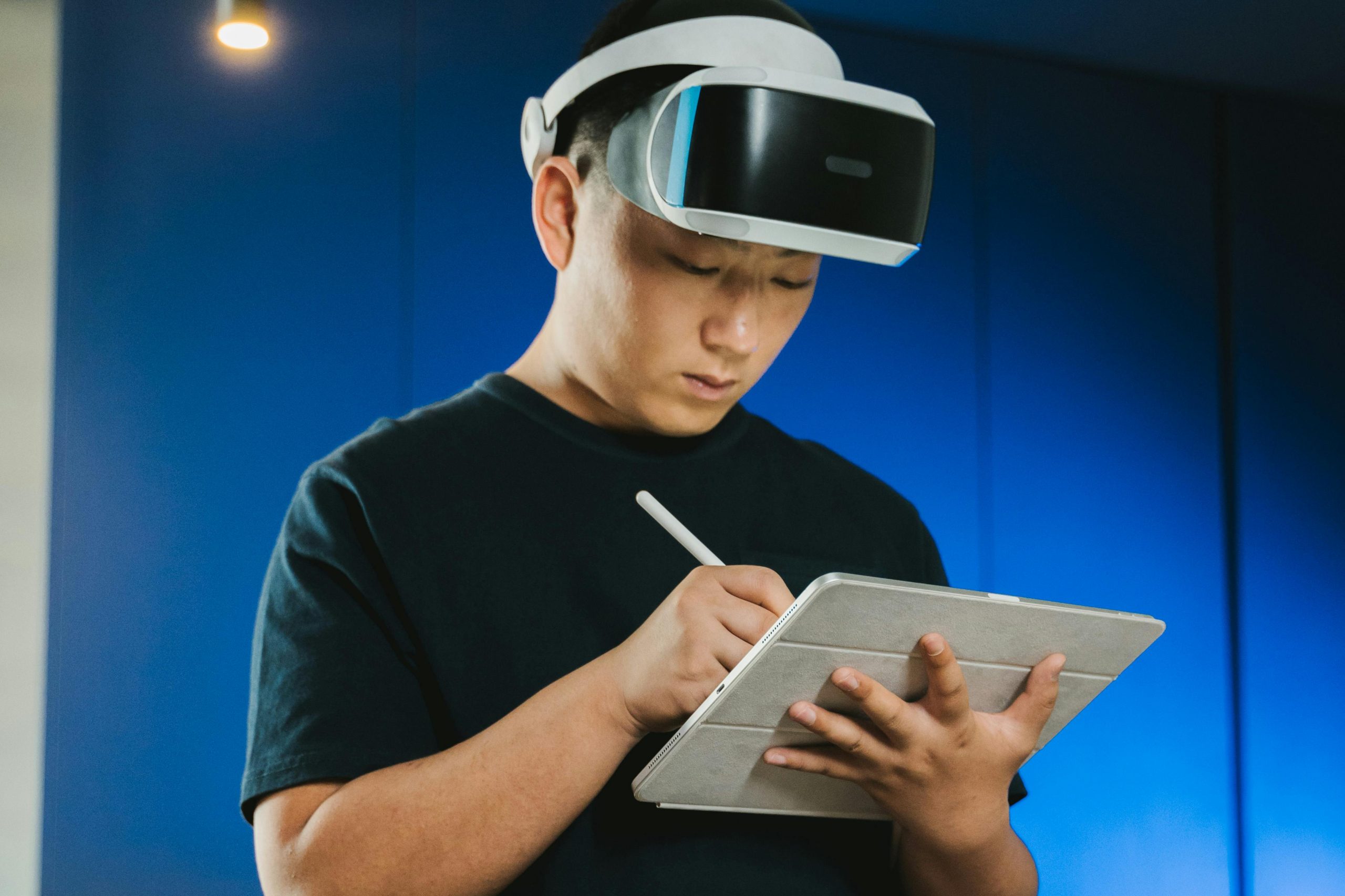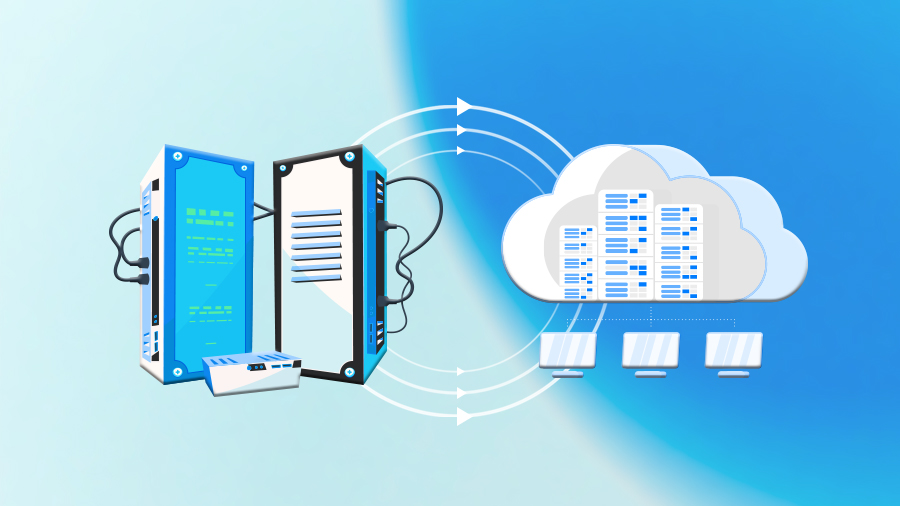In an era where speed, precision, and adaptability define technological success, the concept of Digital Twins is emerging as a transformative force in software development. Originally rooted in manufacturing and engineering, digital twins have transcended their traditional domains, now playing a pivotal role in redefining how software is designed, tested, deployed, and maintained.
What Are Digital Twins?
A digital twin is a virtual replica of a physical system, process, or object. This model continuously receives data from its real-world counterpart, enabling real-time monitoring, simulation, and optimization. In software development, digital twins act as dynamic models of applications, environments, and even user behavior.
Key components of digital twins in software include:
- Data Integration: Utilizing data from various sources such as IoT devices, user interactions, and system logs to create a comprehensive model.
- Real-Time Simulation: Continuously updating the digital twin to reflect changes in the physical system, enabling real-time analysis and decision-making.
- Predictive Analytics: Leveraging AI and machine learning to forecast potential issues, optimize performance, and guide development strategies.
Applications and Benefits in Software Engineering
The adoption of digital twin technology in software development offers numerous advantages:
1. Enhanced Testing and Quality Assurance
Digital twins provide a safe and controlled environment for testing new features, updates, and configurations. By simulating real-world scenarios, developers can identify and address potential issues before deployment, reducing the risk of bugs and system failures.
2. Improved System Performance and Optimization
Continuous monitoring and data analysis enable developers to fine-tune system performance. Digital twins help identify bottlenecks, optimize resource allocation, and ensure that applications run efficiently under varying conditions.
3. Accelerated Development Cycles
By facilitating rapid prototyping and iterative testing, digital twins shorten development timelines. Developers can experiment with different approaches and immediately observe the outcomes, leading to faster innovation and time-to-market.
4. Predictive Maintenance and Reduced Downtime
Digital twins can forecast system failures and maintenance needs by analyzing patterns and anomalies. This predictive capability allows for proactive interventions, minimizing downtime and enhancing system reliability.
5. Enhanced Collaboration and Decision-Making
With a shared virtual model, cross-functional teams can collaborate more effectively. Stakeholders can visualize system behavior, assess the impact of changes, and make informed decisions collectively.

The Future of Digital Twins in Software Development
As technology continues to advance, the role of digital twins in software development is poised to expand further. Integration with emerging technologies such as augmented reality (AR), virtual reality (VR), and edge computing will enhance the capabilities of digital twins, offering more immersive and responsive development environments.
Moreover, the increasing emphasis on personalized user experiences and adaptive systems will drive the need for more sophisticated digital twins that can simulate complex user behaviors and system interactions.
AR Medical Supplies Web Application: Mynavi TechTus Vietnam’s Digital Twin & AR Innovation
To demonstrate its expertise in digital twin and augmented reality (AR) for complex service-oriented systems, Mynavi TechTus Vietnam architected and delivered an AR Medical Supplies Web Application tailored for welfare equipment rental services. Leveraging cutting-edge web technologies alongside AR and digital-twin principles, our team built a comprehensive platform that streamlines sales, contract workflows, document management, and personalized equipment recommendations.
Key Technical Highlights
- Digital Twin Integration
- Developed virtual 3D models of medical and welfare equipment, enabling salespeople to visualize devices in customers’ living spaces through real-time AR overlays.
- Employed Three.js and WebXR APIs to render high-fidelity, interactive equipment models, automatically scaling and positioning them based on the user’s environment data (room dimensions, floor plan inputs).
- AR-Enabled Recommendation Engine
- Built a rule-based engine that cross-references customer profiles (physical condition metrics, mobility parameters) with equipment specifications stored in a structured database (PostgreSQL).
- Integrated TensorFlow.js for on-the-fly posture and space analysis, allowing the web app to suggest optimal device orientation and placement, enhancing user confidence and reducing return rates.
- End-to-End Workflow Automation
- Designed RESTful microservices (Node.js/Express) for sales order management, contract creation, and electronic signature integration (leveraging DocuSign APIs).
Implemented a document management module using AWS S3 for secure storage and versioning of contracts, certificates, and product datasheets.
- Designed RESTful microservices (Node.js/Express) for sales order management, contract creation, and electronic signature integration (leveraging DocuSign APIs).
- Quality Assurance & Deployment
- Authored comprehensive test plans covering UI/AR interactions, API endpoints, and data integrity, executing over 150 automated (Cypress) and manual test cases.
結論
Digital twins turn traditional software into smart, living systems that grow and adapt with real-world use. By combining virtual models, real-time data, and AR features, companies can build better software faster, catch problems early, and give users personalized experiences.
Our AR Medical Supplies Web App at Mynavi TechTus Vietnam shows how this works in practice. We used 3D equipment models, AR overlays, and automated workflows to help sales teams recommend the right medical devices, sign contracts without paper, and manage documents easily. Built on a reliable cloud platform, our solution is fast, secure, and ready for future upgrades.
Looking ahead, as AI, edge computing, and AR/VR continue to improve, digital twins will become an even more powerful tool for software development. At Mynavi TechTus Vietnam, we’re excited to keep exploring these technologies and help our clients create smarter, more flexible applications.
📩 Contact us today to explore more about us: https://mynavitechtus.com/




